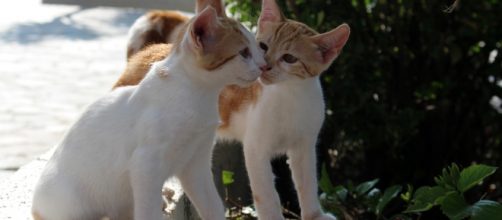Cat breeder Glynne Sutcliffe told reporters in Australia, after her conviction for animal cruelty, that she was going to appeal her conviction because “she should never have been prosecuted.”
The seventy-five-year-old woman was charged with several offences involving bad treatment of Animals. According to ABC Net, Australia, RSPCA officers had twice responded to the property where she had kept up to twenty cats in one bathroom and dead animals were tossed in bins. Some kittens were found stashed in a freezer.
In one incident in 2011, the RSPCA took over one hundred cats into a shelter from her Adelaide property.
The sentence was a fine of 7,000 AU$ and she was ordered to pay legal costs of a further 16,000 AU$.
In a statement, the RSPCA said that they hoped the sentence would be a deterrent to other breeders who were raising large numbers of domestic animals.
In January this year, a report by voice for animals, Animals Australia, indicated that abuse of animals in kitten farms is sometimes appalling. In their article titled Factory Farms for Kittens, they discuss an incident involving a cat breeder who had died. Following the death, about thirty cats and kittens were found “locked in tiny cages,” open to the freezing weather, and “caked in filth.”
People for the Ethical Treatment of Animals (PETA) say on their website, that the commercial breeding of kittens is the cause of death for thousands of animal shelter cats every year.
There are more cats than homes in Australia, and breeders flood the market for kittens.
While some cat breeders are registered with the local government, or with their own associations that have a code of ethics, the organizations often do not have the resources to inspect such premises. Inspections of cat breeding premises are often only done following reports of abuse to the local authorities or the RSPCA.
Cats were not native to Australia and their importation into the country about two hundred years ago, caused havoc to indigenous birds and animals. The Conversation dot com website explains that damage to population species in Australia is worsened by the invasive feral cats.
TakePart environmental news reported that researchers caught and “euthanized a single 11.2-pound cat,” following the deaths of 13 re-introduced rufous hare-wallabies.
After the cat was removed, the killing stopped.
Considering the country has so many problem cats, breeders in all states should have to comply with stronger restrictions.

